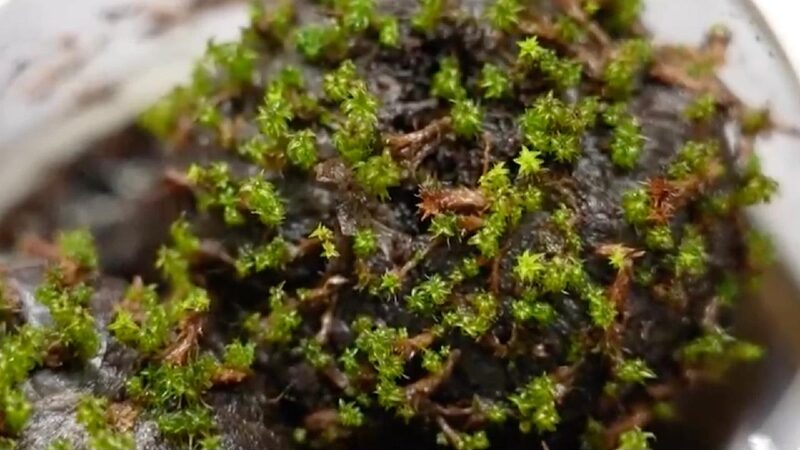Chinese researchers have decoded the molecular mechanisms that enable the desert moss Syntrichia caninervis to withstand freezing temperatures—an insight that could be pivotal for future Mars terraforming projects.
The study was conducted by the Xinjiang Institute of Ecology and Geography under the Chinese Academy of Sciences and recently published in the journal Plant, Cell & Environment.
Known as the steppe screw moss, Syntrichia caninervis is renowned for its resilience to extreme conditions, including desiccation, sub-zero temperatures, and gamma radiation. Remarkably, it has demonstrated the ability to survive in simulated Martian environments.
To delve into its cold-tolerance mechanisms, the research team performed RNA sequencing on hydrated samples of the moss exposed to temperatures of 4°C and -4°C. They analyzed gene expression over time to understand how the plant responds at a molecular level.
The findings revealed that key processes like sugar and energy metabolism, lipid metabolism, and antioxidant activity play significant roles in the moss’s ability to endure cold stress. Notably, genes related to photosynthesis were up-regulated, suggesting the moss adjusts its metabolic functions to cope with low temperatures.
A standout discovery was the dramatic increase—about 1,000-fold—in the expression of the gene ScDREBA5. This gene appears to be critical for the moss’s survival in freezing conditions.
“This study not only deepens our understanding of cold tolerance mechanisms in the steppe screw moss but also provides valuable insights for developing hardier crops capable of thriving in extreme environments,” said Li Xiaoshuang, the study’s corresponding author.
The research holds promise for agricultural advancements and offers a foundation for future explorations into making Mars habitable. As scientists continue to investigate extremophile organisms like the steppe screw moss, the dream of terraforming other planets moves one step closer to reality.
Reference(s):
Chinese scientists decode cold-tolerance mechanism in desert moss
cgtn.com








